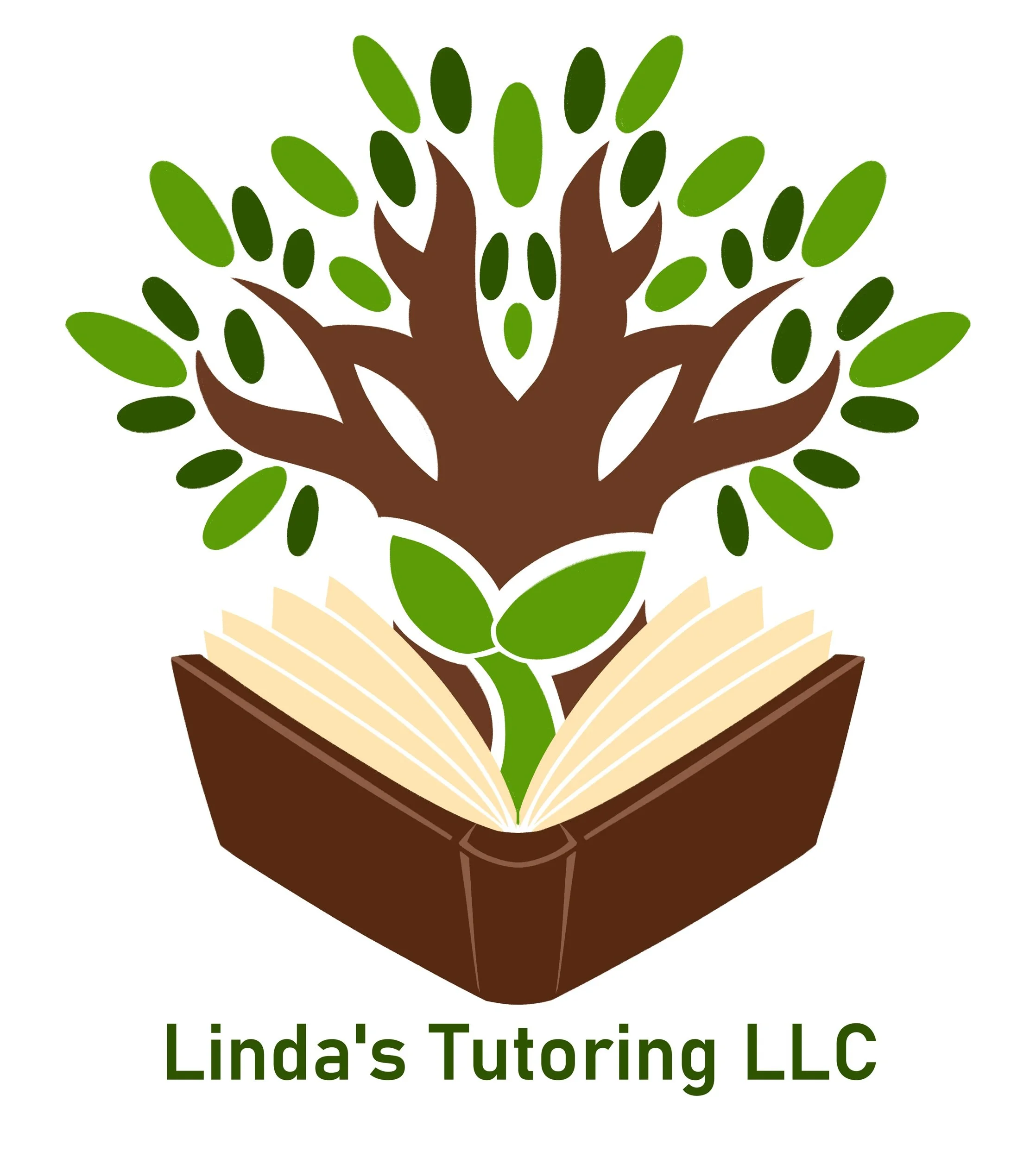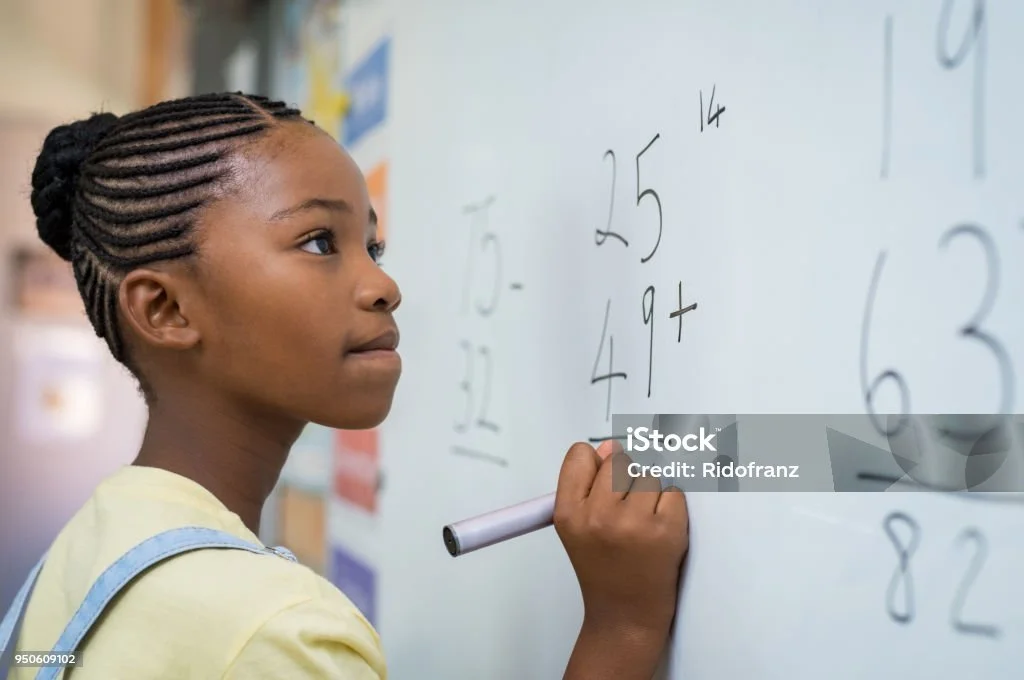
How Teachers Manage Students' Behaviors Matters
Good teaching always starts with a solid management system for the classroom. But what is that system based on? How are behaviors defined and why are they defined in that way? Teachers’ answers to these questions frame their perspective on students’ behavior and will influence the success of all students in the class.

Developing Critical Thinking Skills in Students With ADHD
Let’s examine how to develop critical thinking skills in students with ADHD, but let’s reframe our approach to focus on the student, not the strategy.

Creating Safe Spaces For Students To Develop Thinking Skills
As teachers and tutors we really need to consider the whole child during instruction. We need to consider students' ability to manage challenges and the frustration that comes with those challenges. We need to make sure students have a way to process those emotions and communicate what they’re feeling and what they need. This creates the safe learning environment where students can take risks.

Effective Tutoring and Teaching Requires a Pause
Effective tutoring and teaching requires a pause. A break in any instruction and cues that allows students to think independently to solve a problem. This requires teachers to reframe how they see their role and their students’ role in the classroom.

Questioning As An Effective Instructional Strategy
As a teacher and tutor, I can improve the learning experience for my students when I use a question strategy. A strategy that gets students to stop, think, interact and engage with the learning process in a deeper way, and build self confidence in their own ability to learn and do hard things.

Why Use Success Criteria When Tutoring?
Why is this important for tutoring (and teaching)? It is important for students to know what they are working towards, what the goal is and what it looks like. Learning intentions and success criteria clarify this for them. When learning intentions and success criteria are paired with an informative rubric, students and teachers receive meaningful feedback on progress towards students’ proficiency.

Using Feedback With Student Centered Instruction
Using feedback in student centered instruction involves a rubric that creates guide post for students. In this blog, I go into more detail how I use Standards Mastery and Thinking Classroom strategies to build a rubric that guides instruction and progress while also building confidence in students.

Benefits of Standards Mastery
How can teachers monitor students progress to make sure they are learning the standards? Standards Mastery is one strategy that will help. In this blog, I provide a brief explanation with an example of what that might look like in a rubric.

Reading Interventions and The Thinking Classroom Framework
The thinking classroom framework has applications beyond math instruction. It is a student-centered approach that can be applied to reading interventions and Special Education academic interventions. The data collected from the rubric will provide a more comprehensive picture of students over time.

Building a Thinking Classroom Framework: Putting It All Together
Moving to a thinking classroom is a cultural shift for the teacher and students in a classroom, but the benefits out way any inconvenience that comes with making the change. From autonomy to increased responsibility for learning and transference to grade level assessments, the thinking classroom nurtures life long learners, which is the ultimate goal in education.
(Image from Building Thinking Classrooms, p. 281.)

Using Rubrics to Inform and Support Learning Outcomes
How are students graded in a thinking classroom? Peter Liljedahl works with teachers to create a rubric that provides feedback on specific skills and the learning path in addition to providing a grade for the unit of study. This rubric structure emphasizes learning outcomes rather than just earning points.

Thinking Classrooms and Consolidation and Feedback
How do you make sure students are thinking deeply to integrate new knowledge and growing academically? Peter Liljedahl discusses a process of consolidation and feedback that he and the teachers he worked with found effective for just this purpose. Read the blog to find out more.

Using Thinking Task To Build Autonomy In Students
One problem teachers face is how to build independent, thinking students. Students who don’t give up easily and can persist through a challenge. Thinking tasks are a strategy that can help build a thinking community in the classroom. Read on to learn more.

The How, The When, The Where of Assigning Thinking Tasks
How, when, where teachers assign problems or thinking task matters. Choosing the optimal time and providing the context of the problem are key to helping students organize their thinking and engage in the learning process. In this blog, I review Peter Liljedahl’s research on the how, the when and the where. Read on to find out more.

Thinking Classrooms and Classroom Layout
How furniture is arranged in the classroom can impact student engagement and learning. Peter Liljedahl investigated this impact on students’ expectations, thinking, and behaviors in his book, Building Thinking Classrooms in Mathematics.

Thinking Classrooms: Standing vs. Sitting
When we think about students learning, the typical image is students sitting and working at their desks. That notion is challenged in Building Thinking Classrooms. Peter Liljedahl’s research tested and revealed different ways that students engage with the learning process and found one way that disrupts the disengaged behaviors that interfere with learning.

Thinking Classrooms and Randomized Groups
Building thinking classrooms includes grouping students appropriately to maximize their engagement, participation and learning. The best way to do this is with randomized groups. Read my blog to learn more about Liljedahl’s research on randomized groups.

Let’s Examine Thinking Tasks
When tutoring, thinking tasks can be used at the beginning of instruction to help students transition and get them ready to think. Thinking tasks also build students’ ability to think critically by applying their knowledge to novel situations and using out-of-box thinking to solve problems.

Learning Why to Disrupt Teaching Norms
As a tutor and educator, I need to use strategies that disrupt habits of not thinking and getting by. This book study of Peter Liljedahl’s book, Building Thinking Classrooms in Mathematics, explores the research and proven strategies that will increase students’ engagement, thinking, and learning.

Using Challenges to Get Students Thinking
Using challenges or puzzles at the beginning of a lesson will help engage students in the lesson and learning process. Challenges like this not only engage students in the learning process, but they also provide a quick informative assessment that can help you determine what students need.

